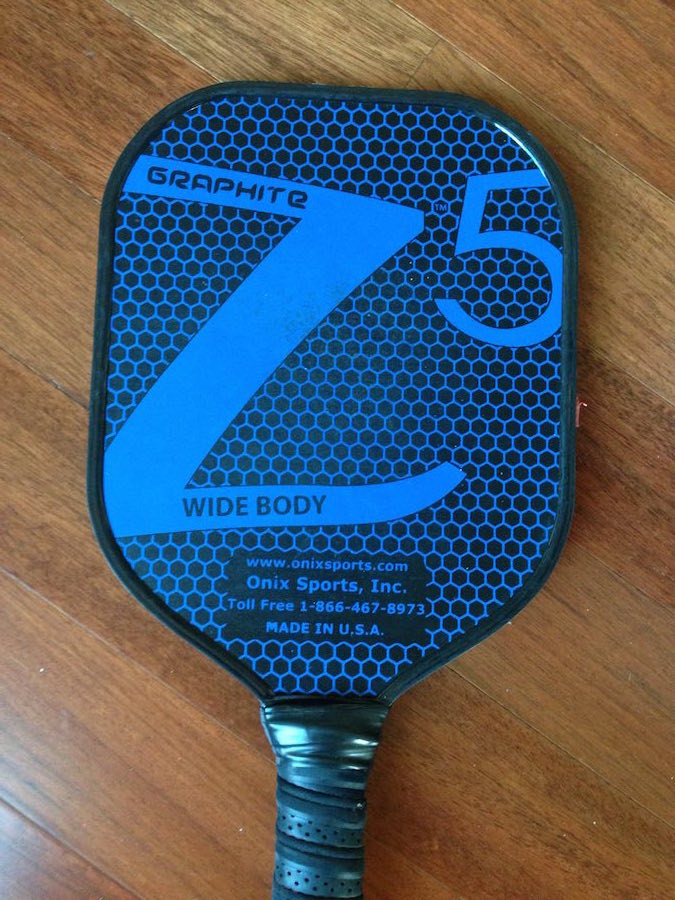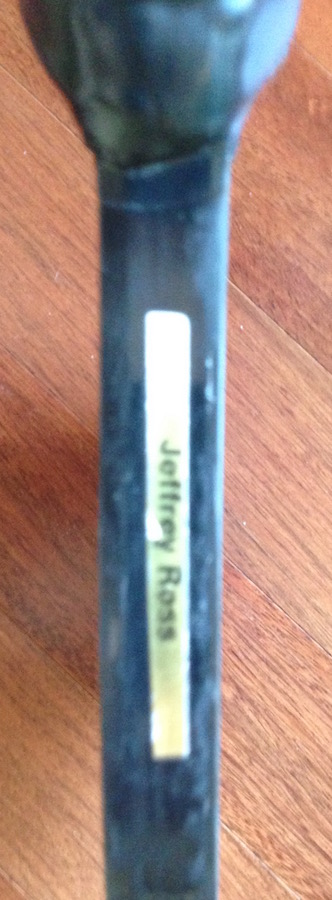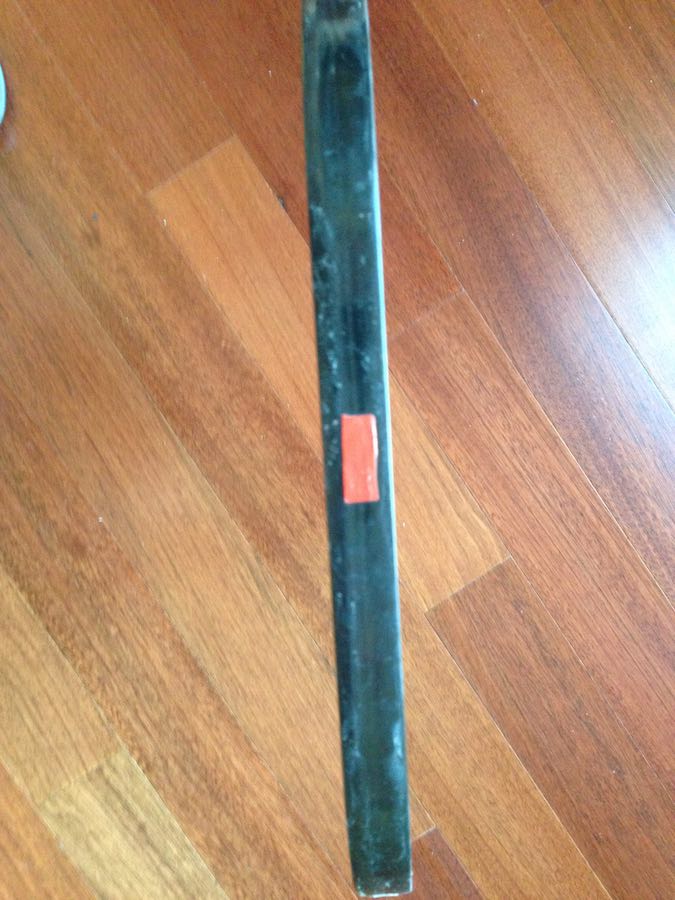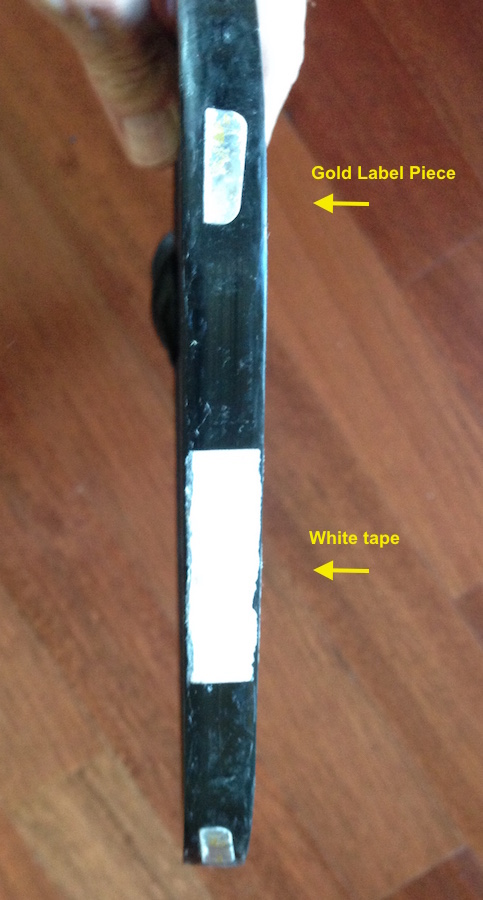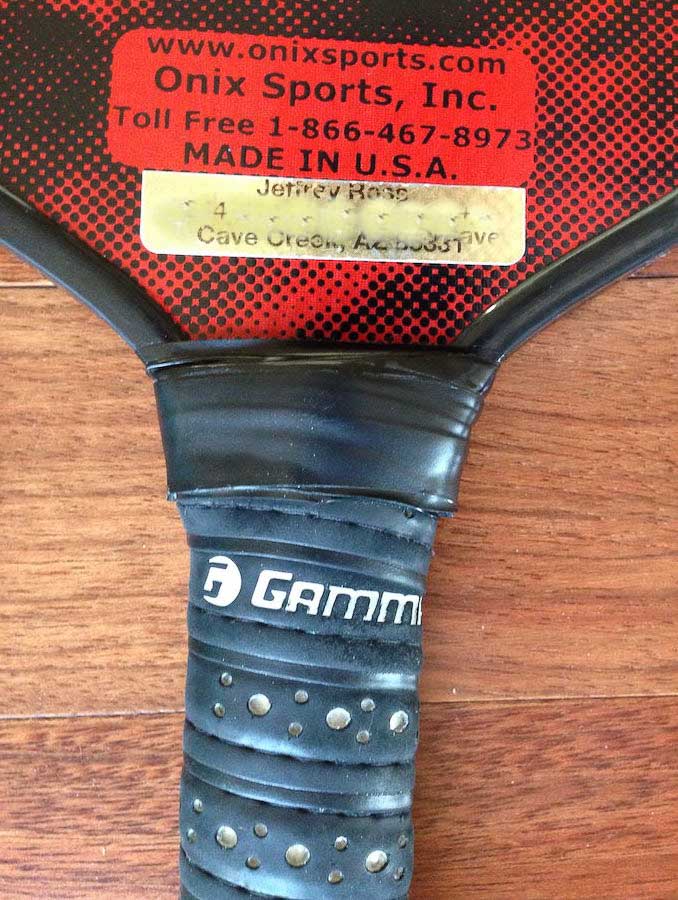Departing Seville, Spain with a population of 700,000 we boarded our Motor Coach and headed for Jerez de la Frontera with a population of 213,000 (estimates via the Internet). This was an interesting change as we travled through the smaller Spanish towns and saw more of the countryside.
Our first adventure in Jerez was a stop at the Royal Andalusian School of Equestrian Art. We were greeted by a guide who explained the history and goals of the academy. This is a very exclusive school and gaining acceptance is quite competitive. Our group was taken inside a display area where horse carriages were stored and available for inspection.
One horse was tethered nearby for us to admire. Unfortunately, photography was restricted in many areas which proved disappointing. I was hoping to gather a couple of snapshots of horses being trained in the indoor stadium, but this was not permitted.
The guide begrudgingly allowed a few quick photographs of the tack room.
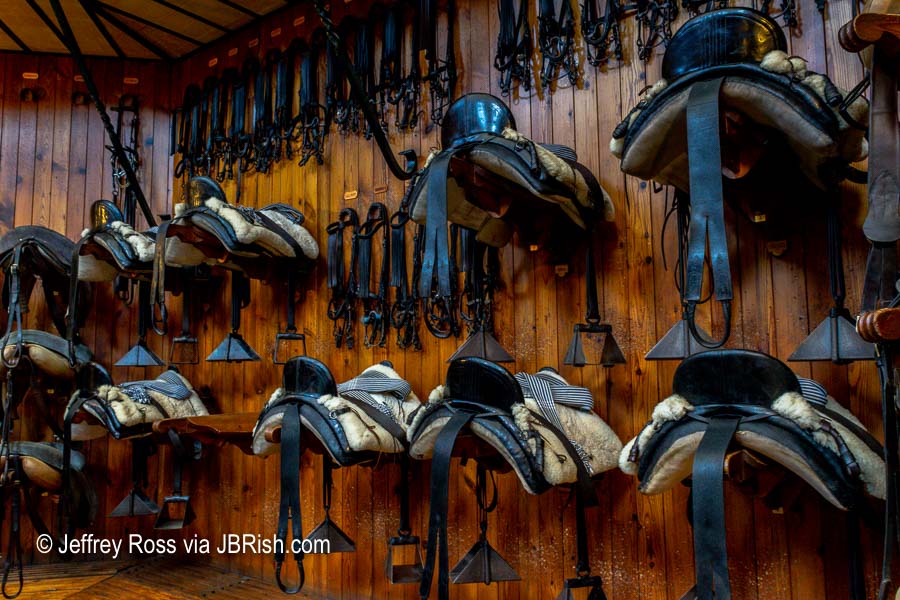
Pictures of the rein training outdoors were allowed.

The saving grace of this stop were the beautiful buildings and grounds. As we were waiting to walk toward the arena, an upward glance revealed an interesting and somewhat surprising sight.

Storks nest in many of the high towers, ridges and chimneys afforded them in and around town. As a matter of fact, we found that storks are an object of pride in Spain (and Portugal) and are encouraged to nest. At one time most of the birds migrated to Africa during the winter months and returned for the warmer seasons, but nowadays less and less of the birds migrate.
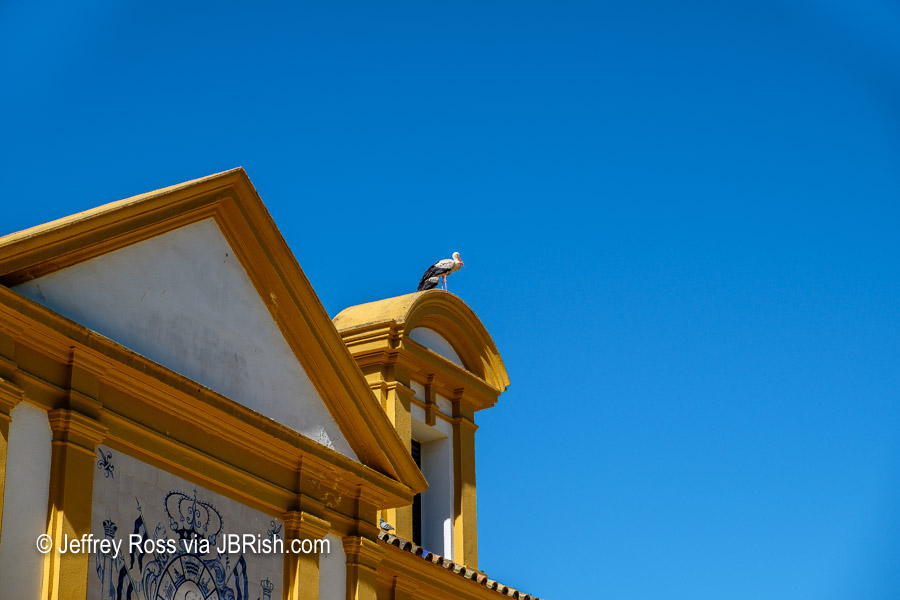
It appears that the availability of higher quality water in the wetlands combined with availability of “junk food” has become attractive to the White Storks that now become year-round residents.
You can find more information about the storks in Spain and Portugal HERE and HERE.
I must say that the exhibition hall and arena at the school was quite attractive.


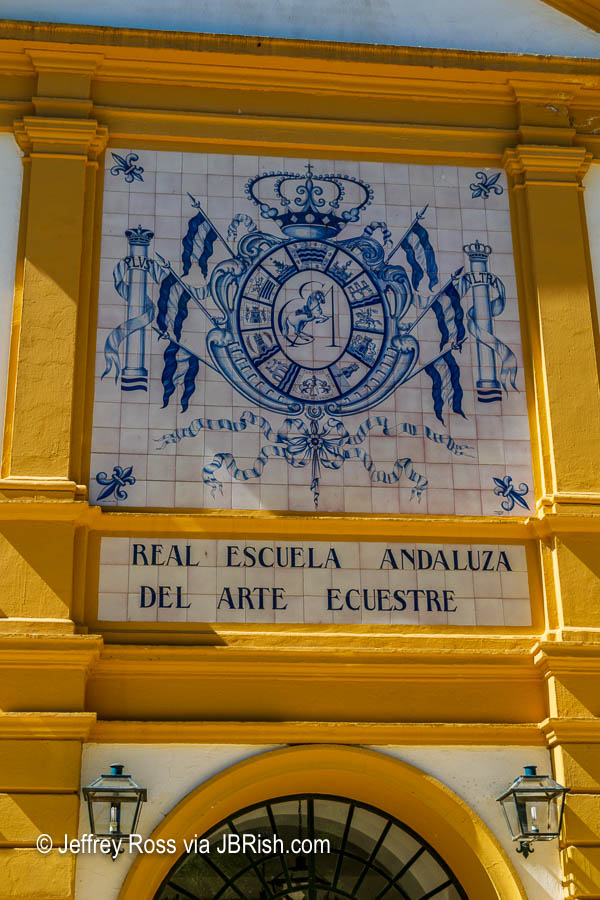
The administration building and headquarters was equally impressive with its old-style elegance.

The area outside the administration building had a very picturesque fountain that added to the splendor of the estate.

After our stop at the Equestrian School, we walked to The House of Sandeman Jerez – producers of fine sherries and port. The traditional Andalusian garb includes a cape and large-brimmed black hat ala Zoro.
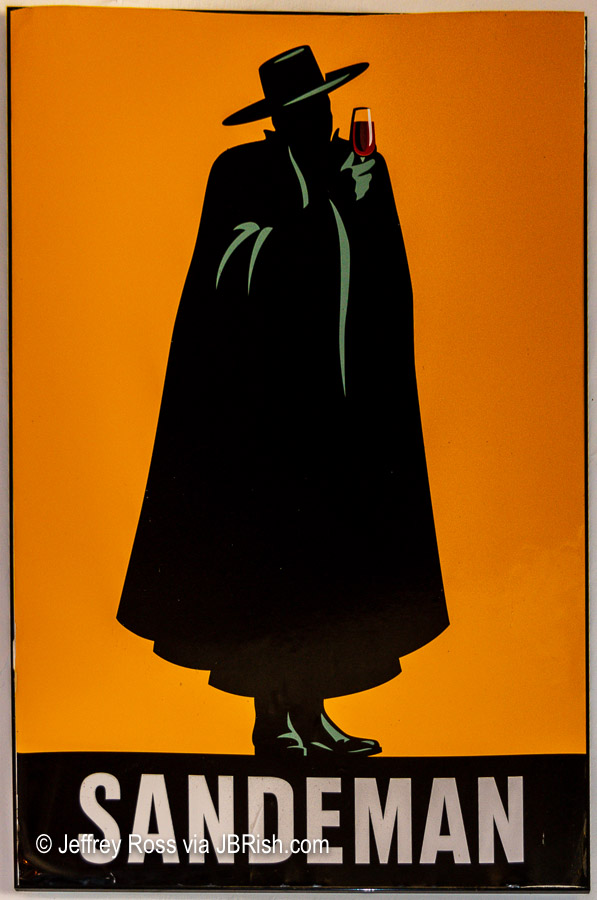
I wasn’t too interested in the distillation and preparation of sherry since red wines are about as much as I have on occasion. Our guide, however, did an excellent job of explaining the processes involved and the nuances between the various sherries produced. Of more interest to me was the history and building itself.
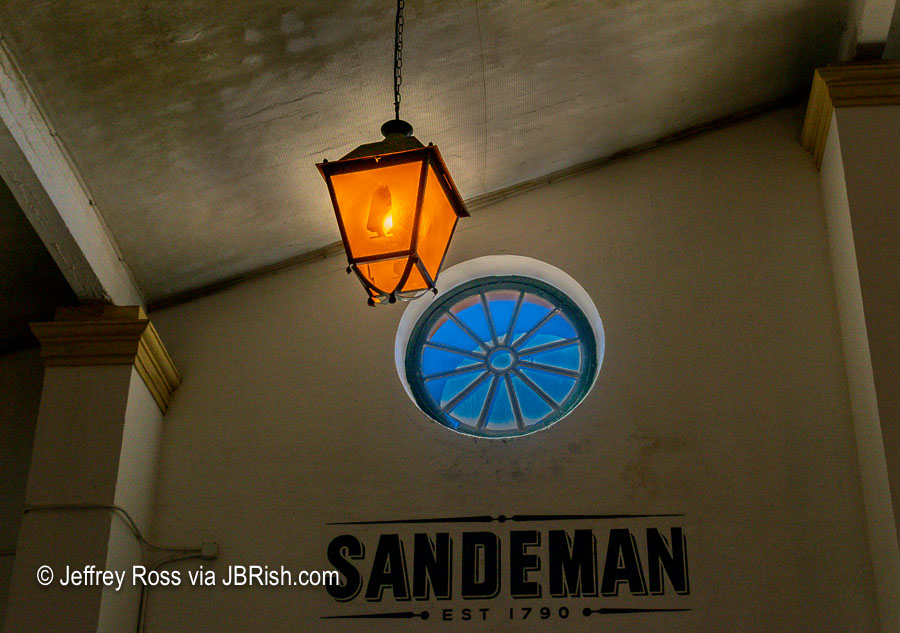
Yes indeed, there were barrels upon barrels of sherry being aged as we walked through the distillery (if that is the correct term).

I didn’t understand it all, but the markings on the outside of the the wooden barrels contained important production codes. Naturally, there was a “tasting” with chips and small sandwiches.
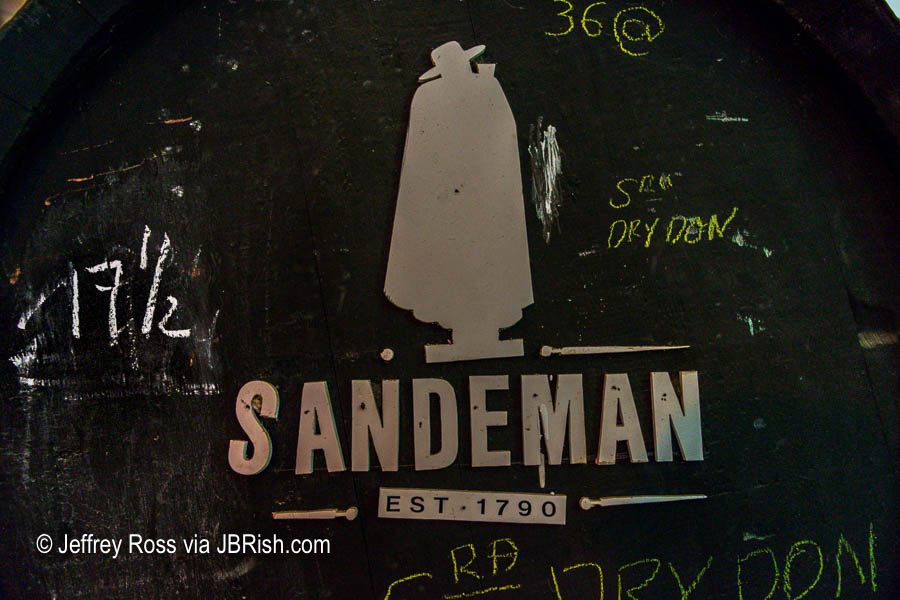
These stops did not make my top ten list although I found them somewhat interesting primarily for the few photographic opportunities available.
The Sandeman Sherry Bodega has an excellent website with amusing videos and information. If you enjoy sherry, I think you will appreciate this LINK – click on “OUR STORIES.”
Next stop…Gibraltar!
**********
***************
Continue reading about our trip to Portugal and Spain.
Read more Hiking and Exploration posts HERE
**********
All original content on this blog is copyrighted by Jeffrey B. Ross with ALL Rights Reserved. While reference links back to JBRish.com are appreciated and encouraged, please acquire approval for any reproduction of original content from this website.
©Jeffrey B. Ross 2014 – 2019 – JBRish.com
